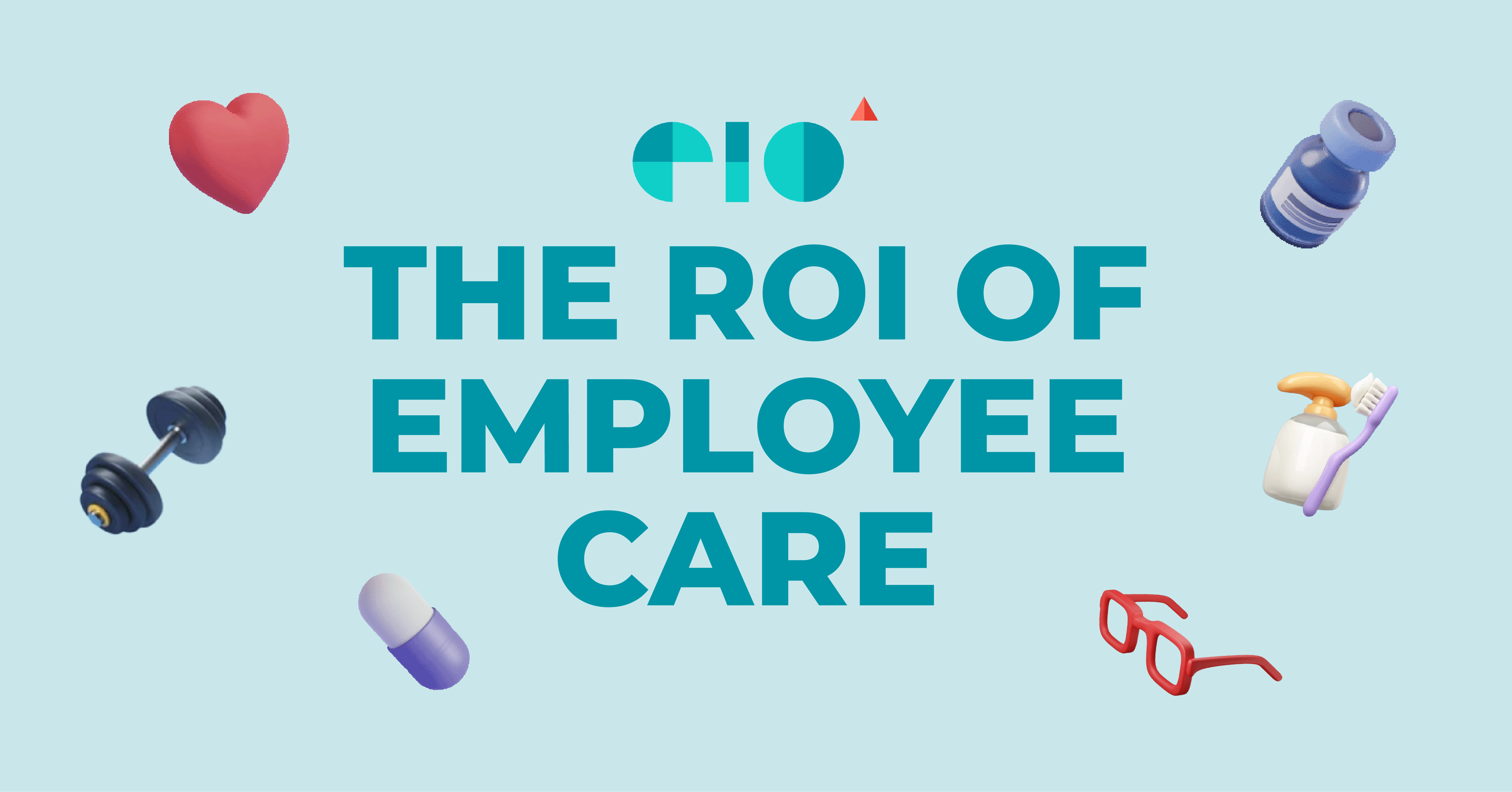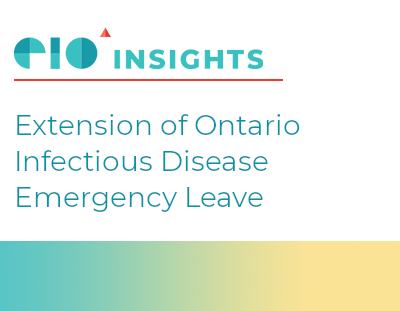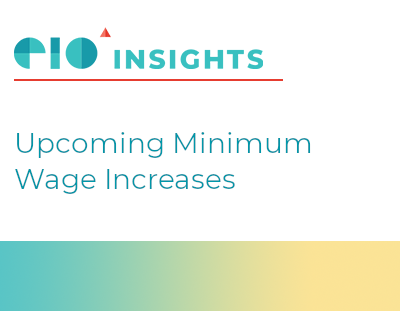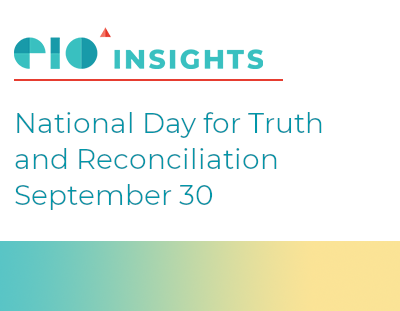Is Your Company Compliant With COVID-19 Requirements?
With the pandemic spanning over a year now, many new rules and expectations have been put together by the government to ensure that companies are keeping their employees as safe as possible from catching and spreading COVID-19.
Ministry of Labour inspectors have been visiting workplaces to check in and make sure they are following the laws and best practices; one of our EIO Managers recently gathered some insights on what the MOL will be looking for if they visit your workplace.
- Chairs, tables, working surfaces – anything touched – should be disinfected. A minimum of 6 feet between workers at all times, with tables divided.
- No cloth chairs. Plastic is preferred as it is easier to clean. If cloth chairs are in the lunchroom cover them with plastic and disinfect.
Offices:
- Masks are to be worn at all times when in contact with other staff members or if the space doesn’t allow the 6 feet space
- Plexi shields in high traffic area
- Masks should have elastic around the ears; no more covers/cloths that are worn around the necks and over the nose
- Medical masks are preferable, but cloth masks are still acceptable
- Disinfect the printer and scanner after each use if used by multiple people
Check-in Stations:
- Make sure that extra masks are available
- Cover the mask box with plastic so no droplets affect the masks
- Ensure that the box does not expose all the masks, only the top one
- Contract tracing MUST be done
- Individual sign-in sheets and COVID questionnaires are recommended.
Smoking Areas:
- Employees must maintain 6′ apart while smoking in the designated smoking area; this is found to be a prominent area for transmission
- Employees must wash hands before returning to work.
Tools/Common Areas/Forklifts/Machinery:
- Disinfectant is to be used to clean between each user
- Check the time on the disinfectant to see how long it takes to become totally effective; some disinfectants may take up to 10 minutes to be effective
- Anyone who is talking to the customers face to face is to be provided with a face shield to protect from droplets.
Talk to an EIO Manager about best COVID-19 practices. Nov 15, 2020
Have your revenues dropped due to COVID-19?
Many small businesses are struggling to stay afloat and cover their fixed costs, such as rent and insurance, while taking a negative impact on their revenues. Government assistance has emerged to help businesses pay for their rent, but many have had their fate put into the hands of their landlords to apply for the assistance. The new Canadian Emergency Rent Subsidy (CERS) is being introduced to provide rent relief for businesses and allows these businesses to apply to the assistance directly as opposed to waiting for their landlords to do so.
What is the CERS and how does it work for small businesses?
- Rent and mortgage support available until June 2021 for qualifying organizations impacted by COVID-19
- Funds go directly to the business, not the landlord
- Can cover up to 65% percent of eligible expenses until December 19 2020
- Businesses are able to make claims retroactively for the period that began September 27 and ends October 24, 2020
- A top-up CERS of 25% for businesses temporarily shut down by a mandatory public health order issued by a qualifying public health authority—in addition to the 65% subsidy,—grants up to 90% of coverage for the hardest hit businesses!




